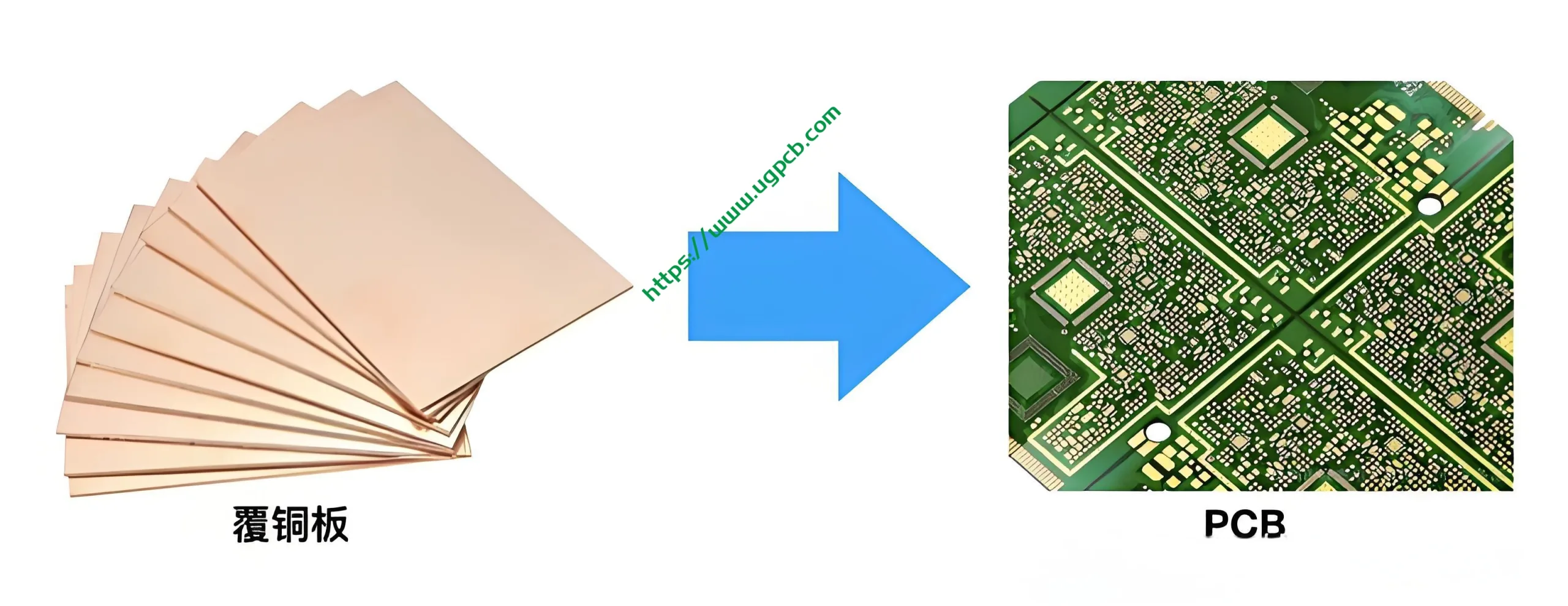Эволюция и проблемы подложек и обработки печатных плат
In today’s age of information explosion, электронные устройства повсюду, с печатными платами (печатные платы) быть основным компонентом, лежащим в основе этих устройств. As technology rapidly advances, PCBs are required to support more functions while achieving higher data transmission speeds and more efficient heat dissipation. These demands drive continuous advancements in PCB substrates and processing technologies, presenting unprecedented challenges.
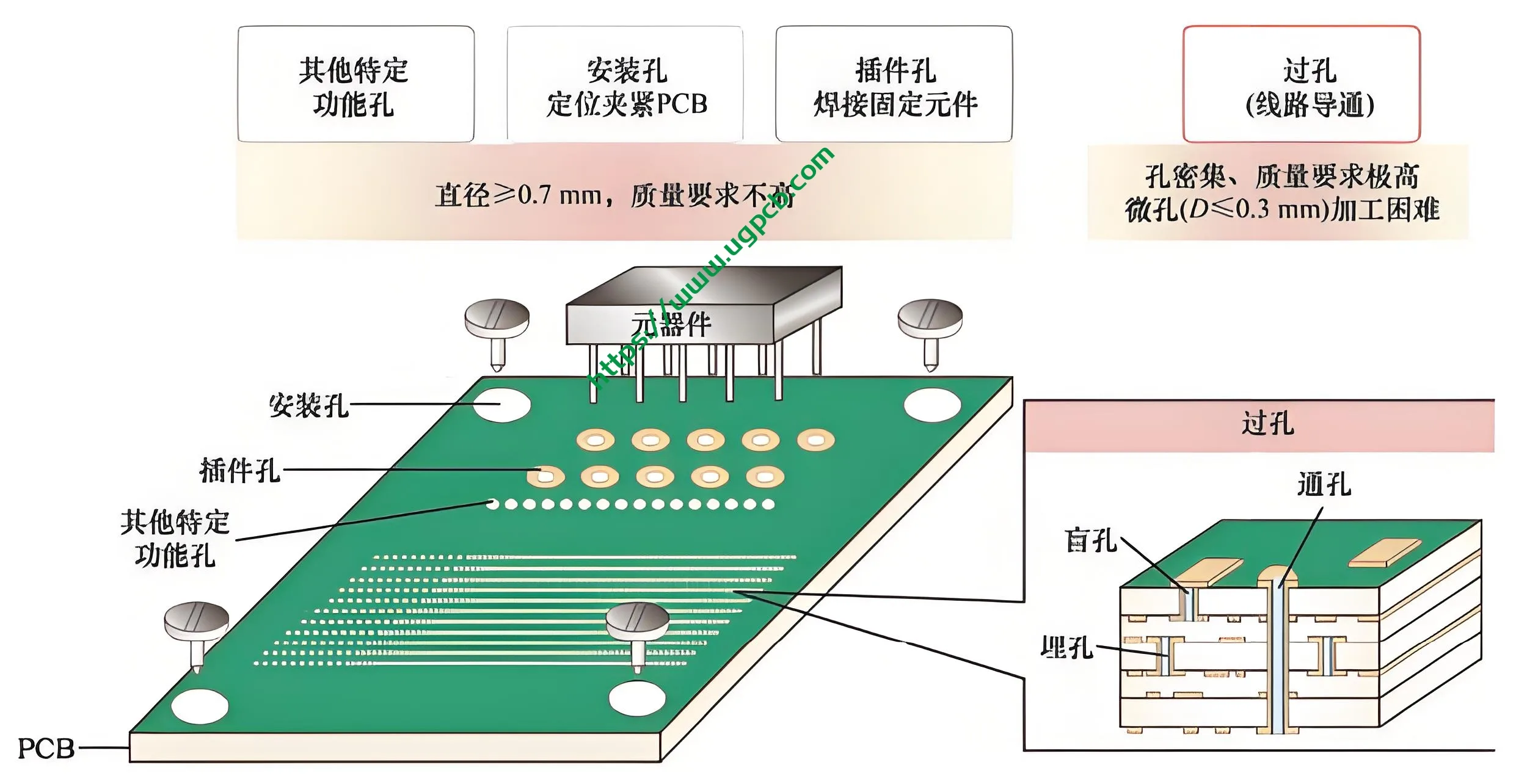
The Core of Modern Devices: печатная плата
Imagine your smartphone, компьютер, or any smart device; their “мозг” is essentially a small PCB. This board connects countless electronic components through intricate circuits, processing massive amounts of data at high speeds. All this relies on the performance of the PCB substrate. With the advent of 5G and 6G technologies, PCBs must handle higher signal frequencies and faster data transmission rates. This necessitates materials with excellent dielectric properties to minimize signal loss and withstand the thermal loads brought by high-frequency signals.
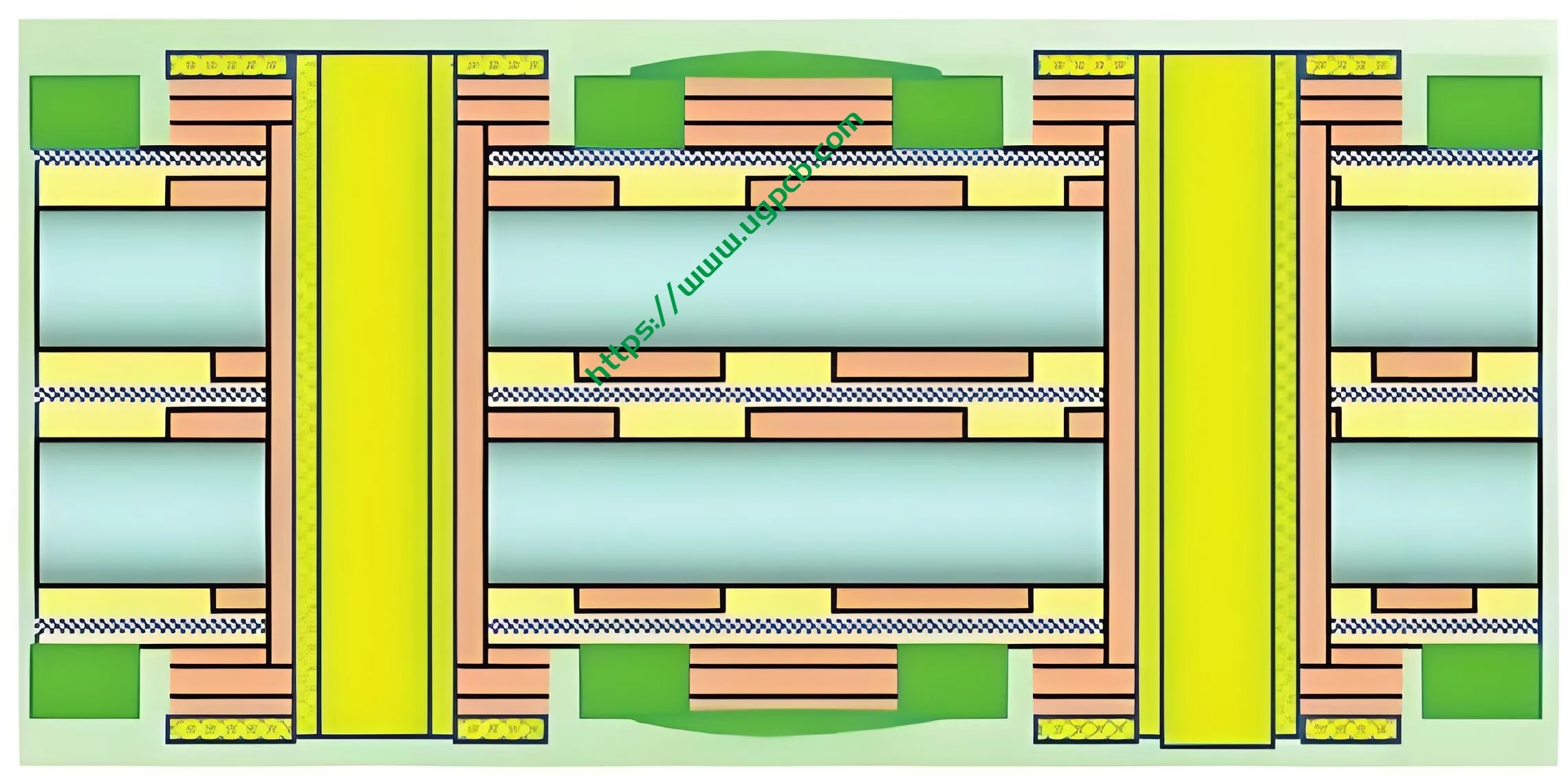
Thermal Management in High-End Equipment
When it comes to thermal management, high-end equipment places increasing demands on PCBs. Metal-core PCBs stand out due to their exceptional thermal conductivity. Typically made from materials like aluminum, медь, and iron with high thermal conductivity coefficients, these PCBs use polymer adhesives to tightly bond with copper foil. This structure not only ensures good thermal conductivity but also high dimensional stability, allowing quick heat dissipation from electronic components to maintain stable operation.
The Complexity of Multi-Material Composite PCBs
Однако, as the trend towards mixing “soft, hard, and brittle” materials increases, PCB processing becomes more complex. The poor bonding between resin and fiberglass cloth, along with an increased proportion of hard fillers, poses challenges to the dimensional stability of PCBs. During manufacturing, precise control over the different material properties is essential to ensure the quality and performance of PCBs.
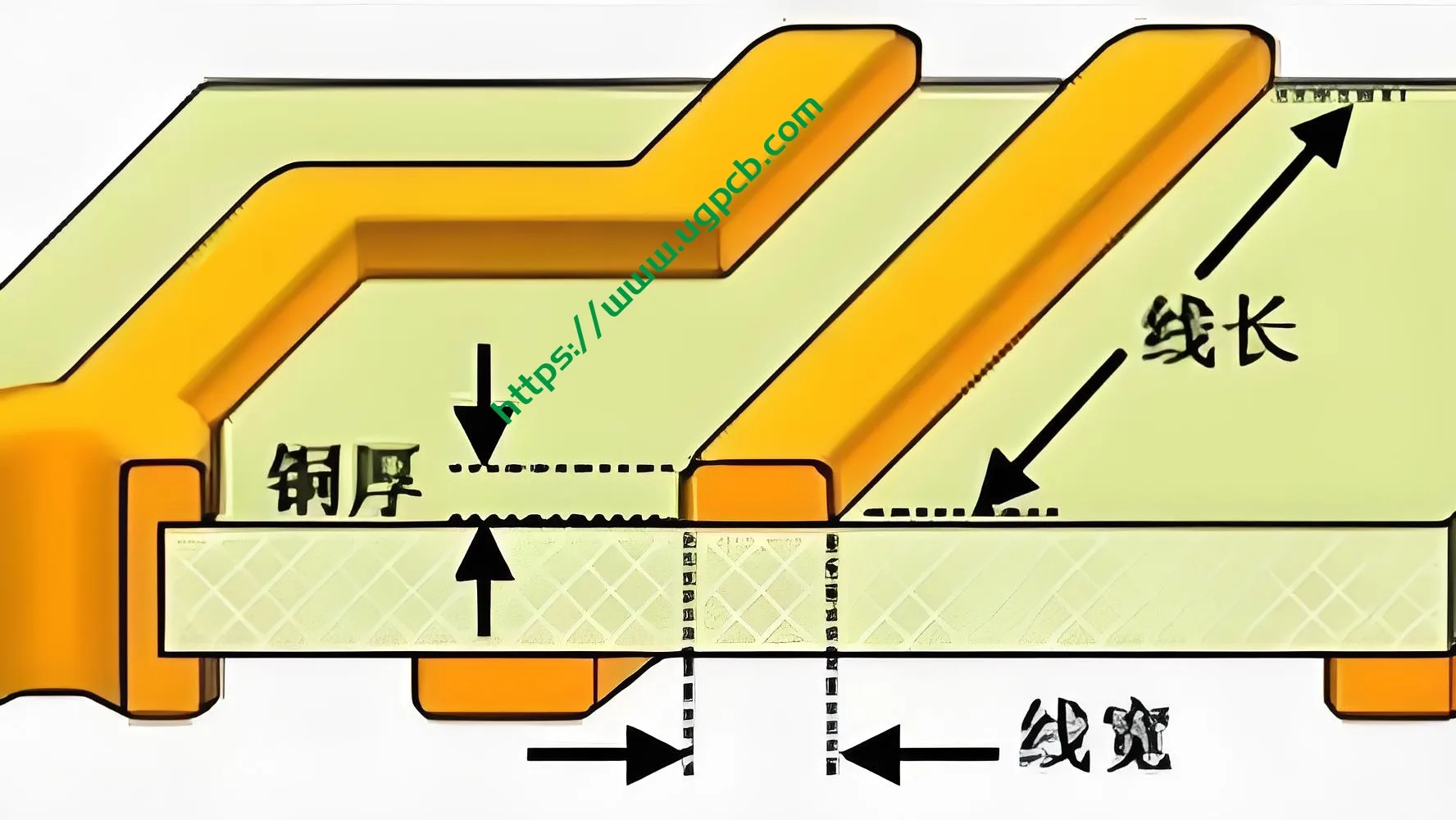
Drilling Challenges in High-Density PCBs
Regarding processing, the line width and spacing on PCBs are continuously decreasing, meaning smaller hole pitches and diameters, which presents significant challenges for drilling operations. Кроме того, as the number of layers and thickness increase, hole structures become more complex with larger aspect ratios, further complicating drilling processes. Drilling high-density hole arrays on PCB substrates measuring several hundred millimeters requires not only high precision and quality but also minimal process fluctuations to achieve reliable, consistent, and stable drilling.
Heterogeneous Multilayer Materials in PCBs
PCBs are typical heterogeneous multilayer materials with significant differences in mechanical and thermal properties between layers. The chemical composition, механические свойства, and thermal characteristics of metal-polymer and polymer-inorganic interfaces show continuous gradient changes, making the mechanisms and failure modes during processing more complex. Metallic materials may undergo plastic deformation, while resin-fiberglass can experience brittle fracture—both technical challenges that need addressing.
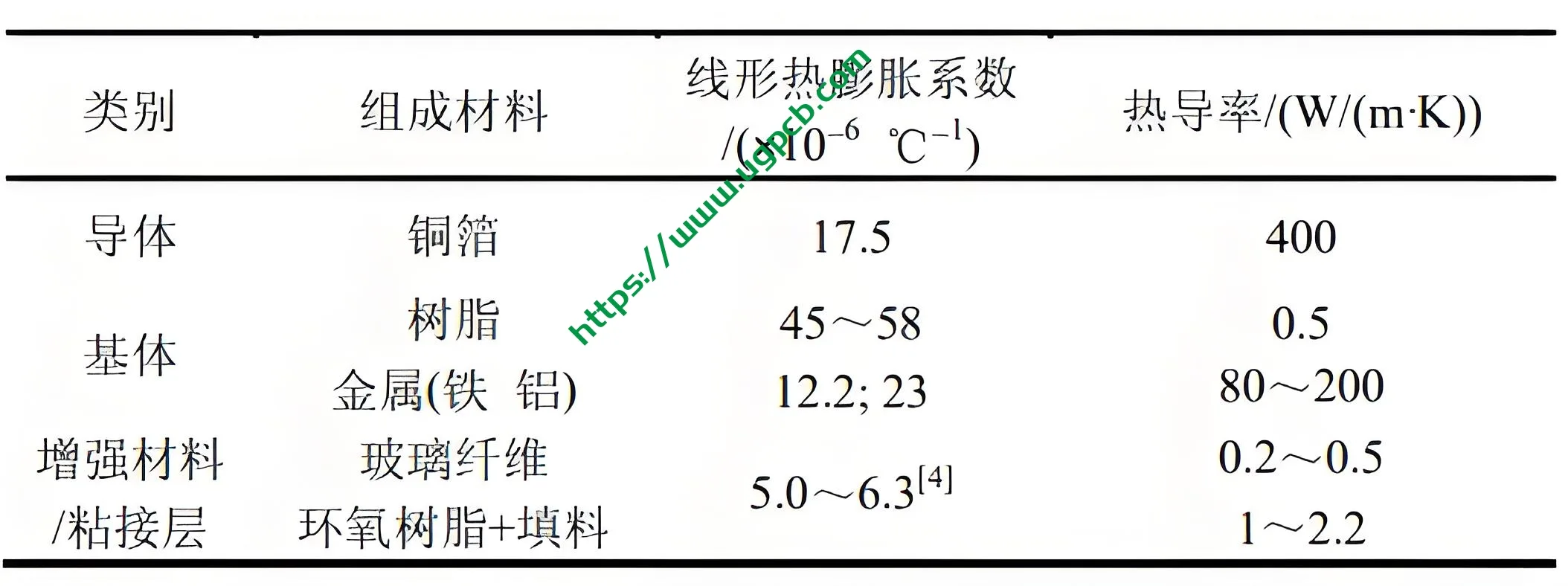
Temperature Effects on PCB Substrates
Более того, the physical state of PCB substrates changes dynamically with temperature variations. Например, as resin-based PCBs approach their glass transition temperature, some resins change from a hard, brittle state to a highly elastic state, reducing their resistance to deformation. When the temperature exceeds the glass transition point, the resin becomes rubbery and easily deforms under external forces. These changes impose strict requirements on temperature control during processing.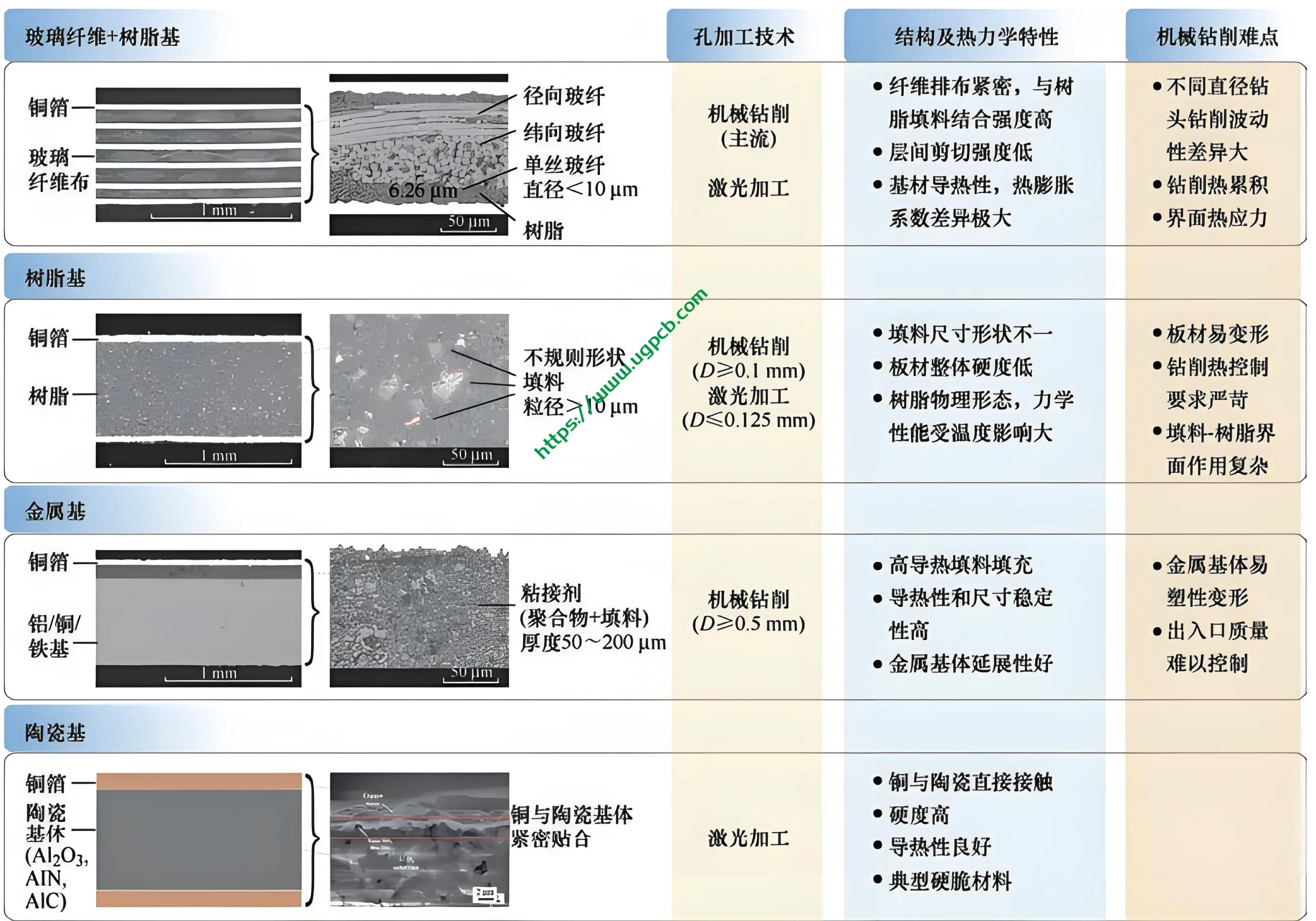
Diverse Substrate Types and Their Processing Techniques
The variety of PCB substrates also leads to diverse processing techniques. Different substrates such as fiberglass-resin, pure resin, metal-core, and ceramic have distinct processing characteristics that require tailored research. Например, fiberglass-resin PCBs contain fiber bundles with dozens to hundreds of single filaments, each 5–9 micrometers in diameter. The tighter arrangement of these bundles, combined with resin and hard fillers filling the gaps between them, strengthens their bond with fiberglass. This means that drill bits of varying diameters might interact with multiple fibers or fiber bundles, resin-fiberglass, or resin-hard fillers during drilling, leading to differences in drilling process variability.
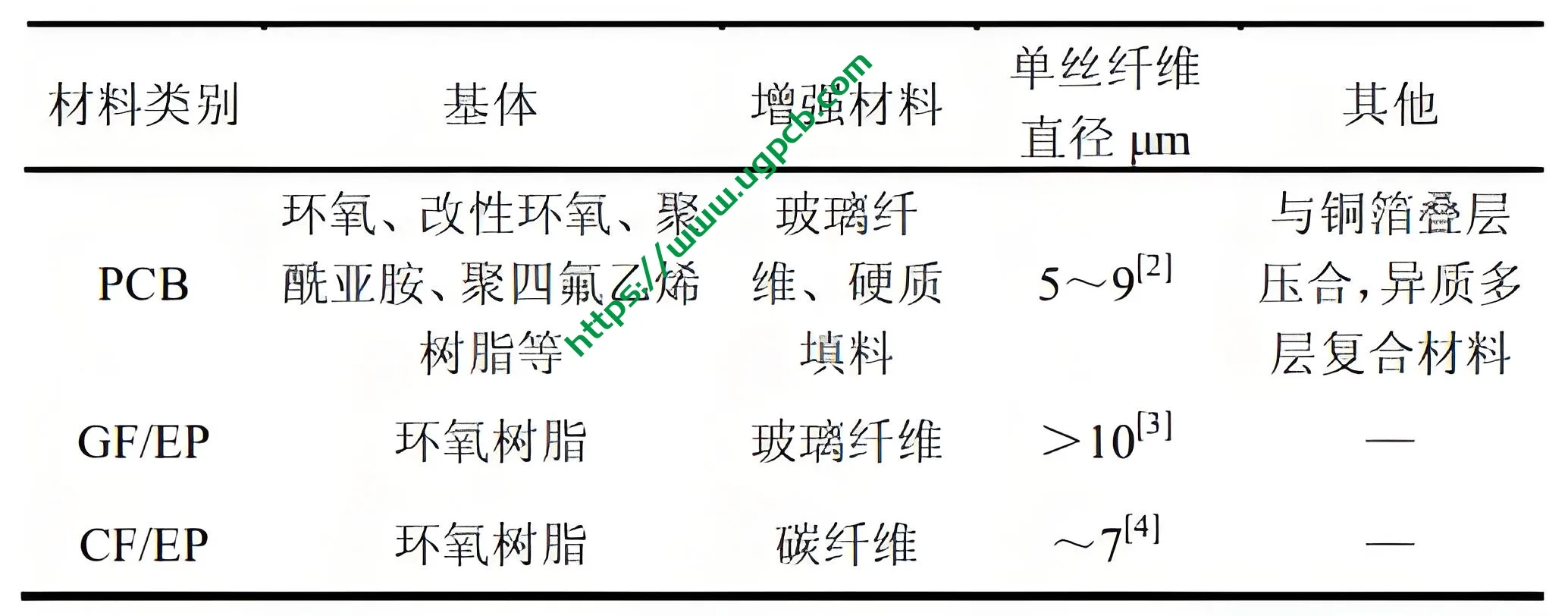
In resin-based PCBs, although the overall hardness is low, the addition of fillers can improve the board’s elastic modulus, hardness, stiffness, and coefficient of thermal expansion. Однако, factors such as the size, proportion, distribution, and orientation of fillers affect the machining of resin-based PCBs. The thermodynamic property differences between fillers and the resin matrix also complicate the interfacial interactions during machining.
Metal-core PCBs are known for their high thermal conductivity and good dimensional stability. Однако, the metal core’s ductility makes it prone to plastic deformation during mechanical drilling. These characteristics must be carefully considered during processing to ensure quality and efficiency.
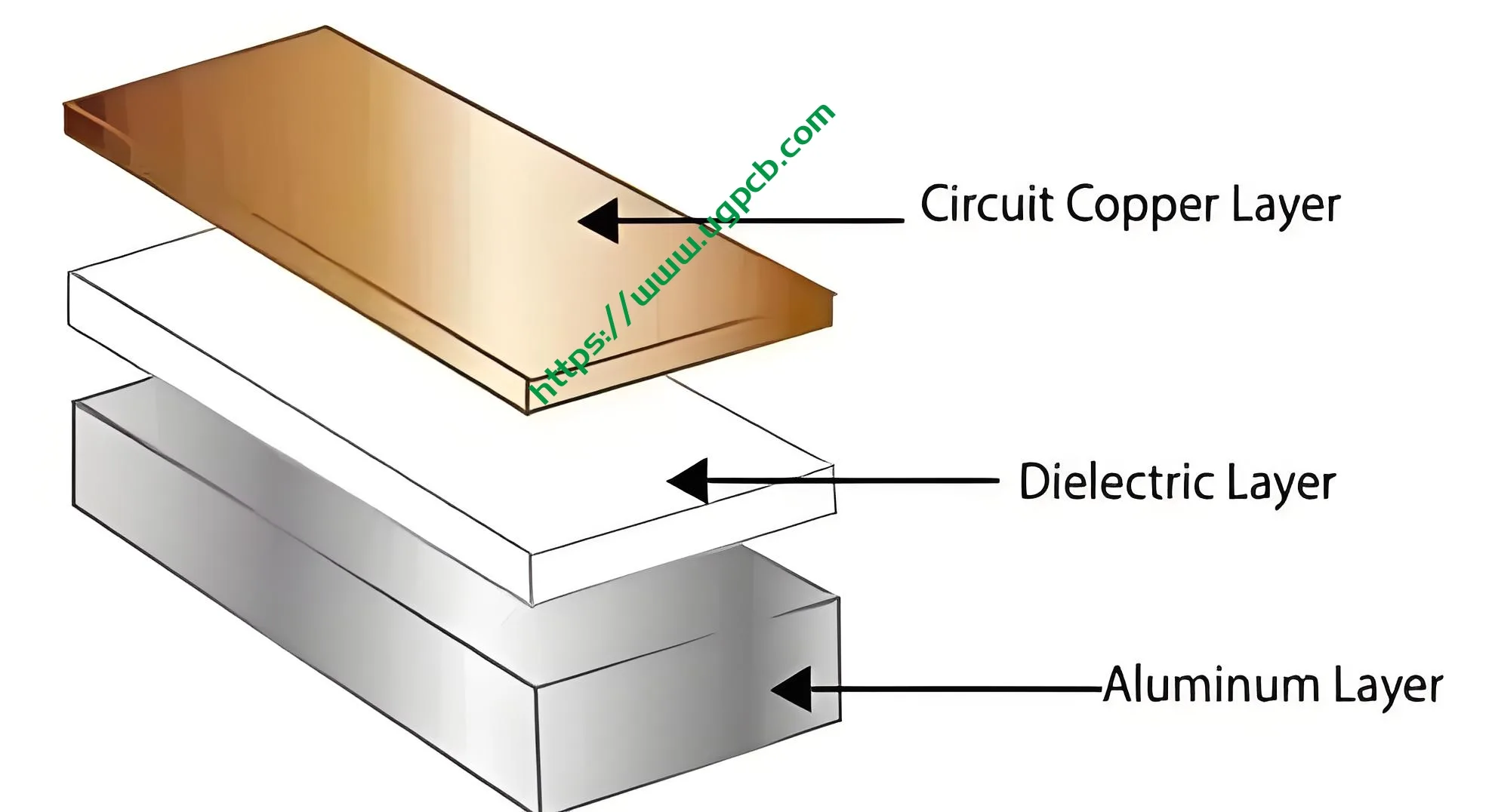
Future Prospects and Innovations
В заключение, the development of PCB substrates and processing technologies is a challenging journey. As electronic device performance continues to improve, PCB design and manufacturing must constantly adapt to new technical requirements. From high-frequency high-speed capabilities to improved heat dissipation, from multi-material composites to complex hole structure processing, every step demands precise control and innovative techniques. These challenges not only propel the advancement of PCB material science but also drive progress in processing technologies. Заглядывая в будущее, we can anticipate that with the discovery of new materials and innovations in processes, PCBs will become even more robust, better serving our digital world.
 ЛОГОТИП УГКПБ
ЛОГОТИП УГКПБ

